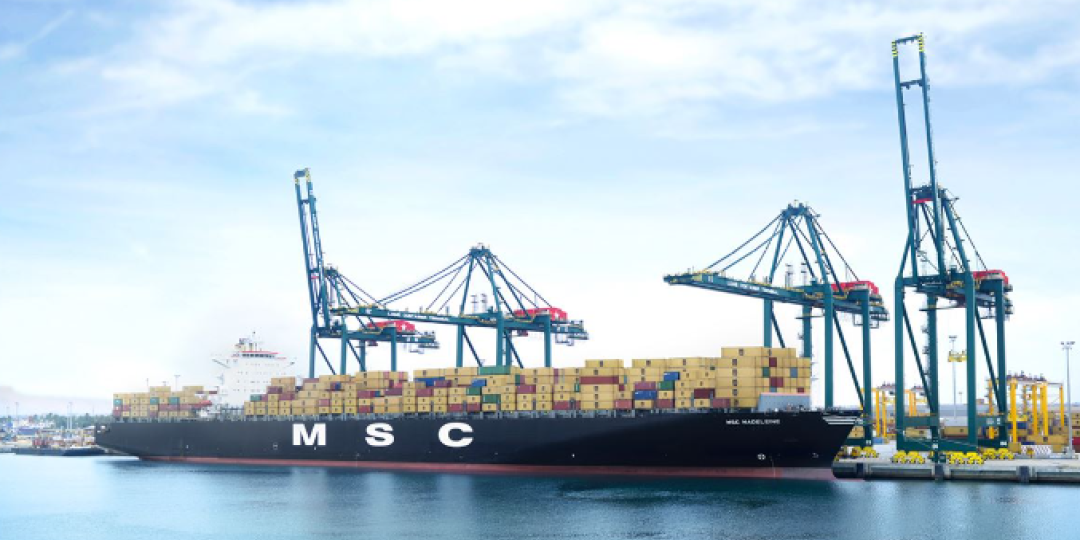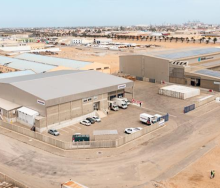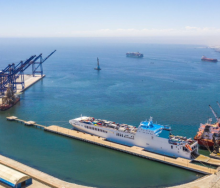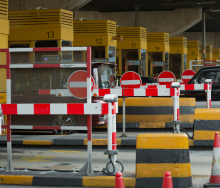Continued rate fluctuations in the container market are likely to persist into the foreseeable future, attributed to shipping lines' avoidance of the Suez Canal amid persistent threats from Houthi rebels in Yemen.
Eleanor Hadland, a lead analyst at Drewry, suggests that the timeline for a return to normalcy remains uncertain amidst the ongoing volatility.
“For the port sector, the immediate impact has been on those ports located in the Red Sea, most prominently the Saudi Arabian ports of Jeddah and Kingi Abdullah. Both these ports have seen vessel calls plummet,” she said.
In the fourth quarter of 2023, calls by container lines at the Port of Jeddah dropped by 48%, with only 22 vessels making port calls in January of this year, a stark decline from the previous average of 43 calls per week. The situation at the King Abdullah port was even worse, with port calls down by a whopping 76% for the same period.
Hadland said this trend was significantly impacting the cost of container shipping as vessels rerouting via the Cape of Good Hope were encountering substantial delays. “The approximate delays for vessels travelling from Asia to Rotterdam is around ten days, while those travelling to Mediterranean ports face delays of at least 15 days.”
This is having a significant impact on cost considering that at least 30% of the global container vessel fleet, as measured by capacity, is impacted by the Red Sea situation. Container shipping freight rates have surged, with some analysts drawing parallels with the pandemic period when container rates reached all-time highs.
The current situation has seen rates increase by as much as 200% for a forty-foot equivalent unit (FEU).
Drewry analysts are warning industry that additional rate increases cannot be ruled out and that capacity shortages and delays can be expected.
According to Hadland, the situation is evolving, and she advises shippers worldwide to continue monitoring developments closely. The impact on trade across various sectors underscores the need for ongoing vigilance and adaptation to changing circumstances.
“There is at this stage simply no sign of when it will improve,” she said. “What we are seeing is that carriers are adapting their schedules in an attempt to provide customers with better service levels.”













